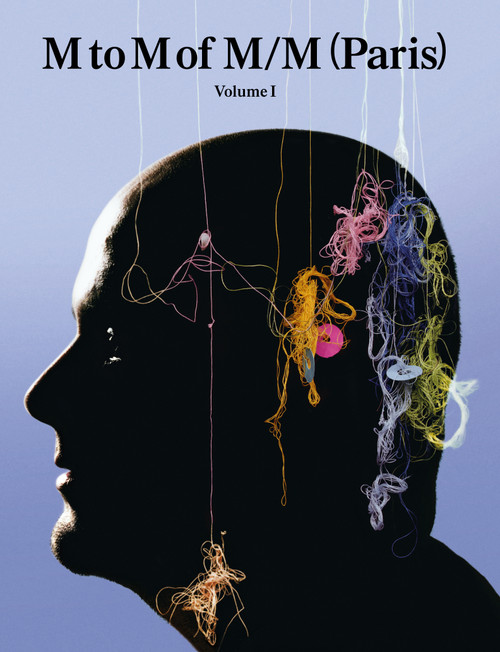Born in 1950, Astrid M?rland was predominantly influenced by the 1970s growing up. The art sphere of the 1970s was epitomized by a wish to grow and strengthen itself, as a reaction to the many tensions of the previous decade. The earliest ideas of environmentalism bounced from Land Art, which took art into earth itself, sculpting the land and bringing art to the outdoors.
Astrid M?rland examines the balance between open and closed, and lets the body be a symbol of this communication. Within this subject-matter, she chooses to vary the artistic medium in order to explore and gain new perspectives, moving from painting to drawing and installations. In the last three years, she has focused on man's and nature?s interconnection. If this connection disappears, everything in our ecosystem will be destroyed. With her work she aims to show how important it is to take care of endangered animals, nature and insects.
Astrid M?rland examines the balance between open and closed, and lets the body be a symbol of this communication. Within this subject-matter, she chooses to vary the artistic medium in order to explore and gain new perspectives, moving from painting to drawing and installations. In the last three years, she has focused on man's and nature?s interconnection. If this connection disappears, everything in our ecosystem will be destroyed. With her work she aims to show how important it is to take care of endangered animals, nature and insects.







